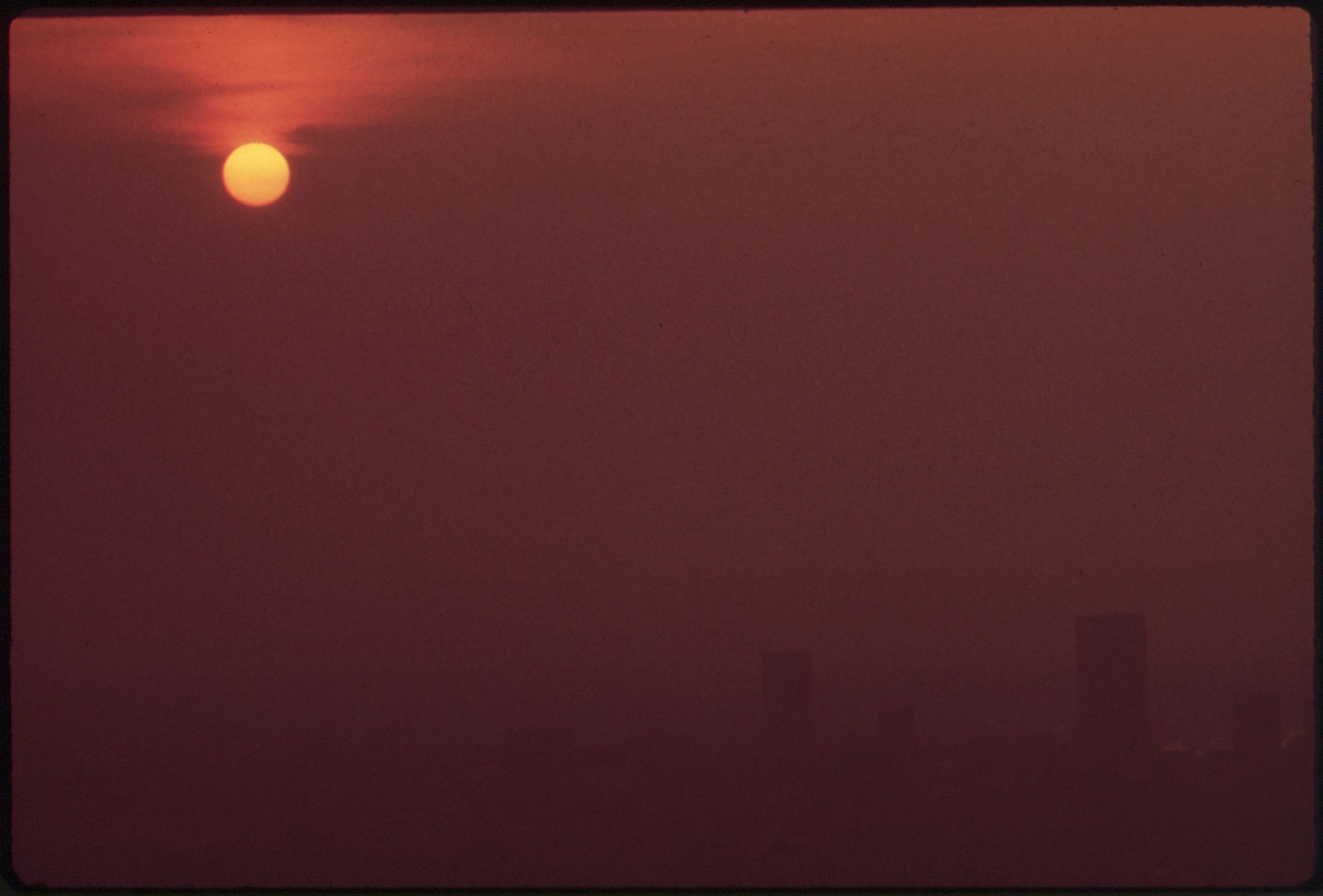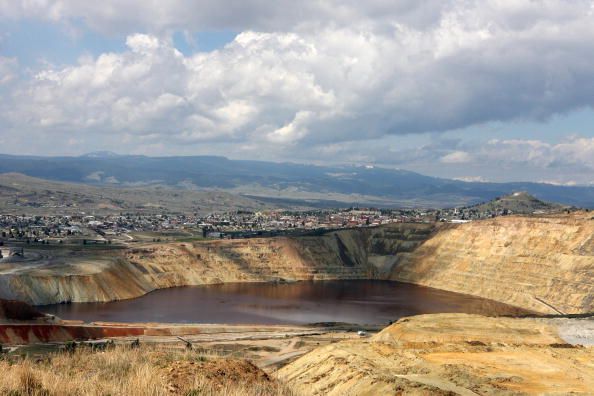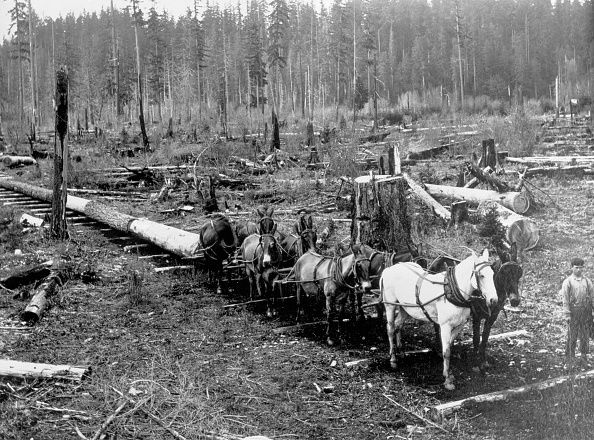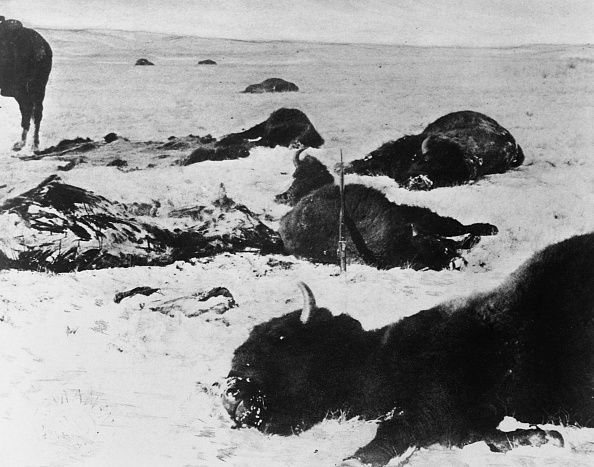6 Photos That Show What U.S. Looked Like Before Environmental Protection Laws
Before there were laws and regulations on the books to protect the environment, loggers felled forests for their trees, hunters devastated wild animal populations and companies dumped toxic waste into the water supply. Here’s a glimpse of what the United States looks like without environmental protection measures.
Fire water
Before the U.S. Environmental Protection Agency existed, the Cuyahoga River had gone up in flames multiple times. This water in Cleveland, Ohio, was full of oil, sewage, garbage and industrial waste that killed fish and sometimes caught fire, the EPA says. The worst fire was in 1952, but even after an oil slick caught fire that year, people still used the river to dump waste. A final fire in 1969 led to the Clean Water Act and the EPA’s creation.
Dirty water
Among its goals, the Clean Water Act aims to keep American drinking water sources safe from pollution. It includes provisions that, for example, require companies to incorporate newer technologies into production processes that reduce waste.
Smog
This smoky fog that hangs over many cities around the world is visible air pollution. Car exhaust, burning coal and noxious substances all feed the smog, National Geographic explains, and the cloud can damage the lungs and cause reactions similar to having allergies. More recent U.S. regulations like those that govern emissions from factories aim to reduce the amount of pollution going into the air, and could help curb smog.
Toxic waste
The EPA’s Superfund program began in 1980 in order to help clean up hazardous sites, such as where industrial companies dumped toxic waste like lead and arsenic. In many places those harmful chemicals saturated the air or seeped into local groundwater, posing risks to people living nearby and to the local ecosystem.
One Superfund example is the Berkeley Pit in Montana, where “since the late 1800s, mining crews dumped mining wastes into on-site streams and wetlands near mining operations,” the EPA explains. “These activities contaminated soil, groundwater and surface water with heavy metals.” Among the numerous contaminants at the site are aluminum, arsenic, mercury and lead.
The EPA has been working on the site since the late 1980s but the organization is not done yet — the site still poses risks to human health.
Logged trees
The U.S. didn’t always have regulations on logging, and there was a time when vast swaths of land were completely cleared of their enormous, old trees. Laws like the National Forest Management Act of 1976 helped protect forests from excessive timber harvesting.
Endangered species
Buffalo, the iconic American mammals, are a posterchild for environmental regulations after being hunted to the brink of extinction in the United States. They survive in small numbers today, thanks to government intervention. The Endangered Species Act is one such measure that allows officials to protect endangered plants and animals.
See also:
Look At All the Garbage Orbiting Earth
Sharks Are Finally Bouncing Back






© Copyright IBTimes 2024. All rights reserved.





















